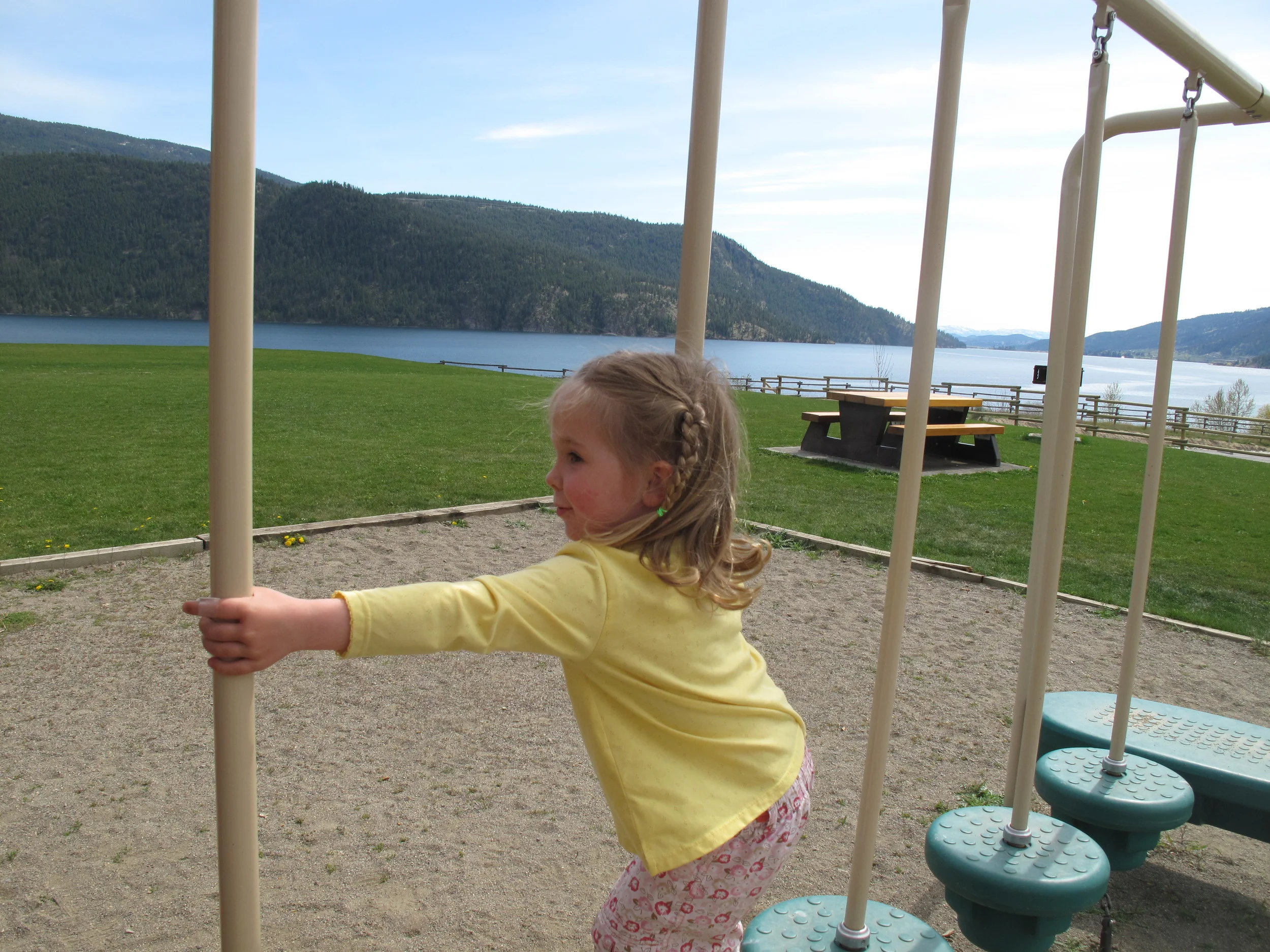
Motor planning: how we organize our movements when we meet a novel experience
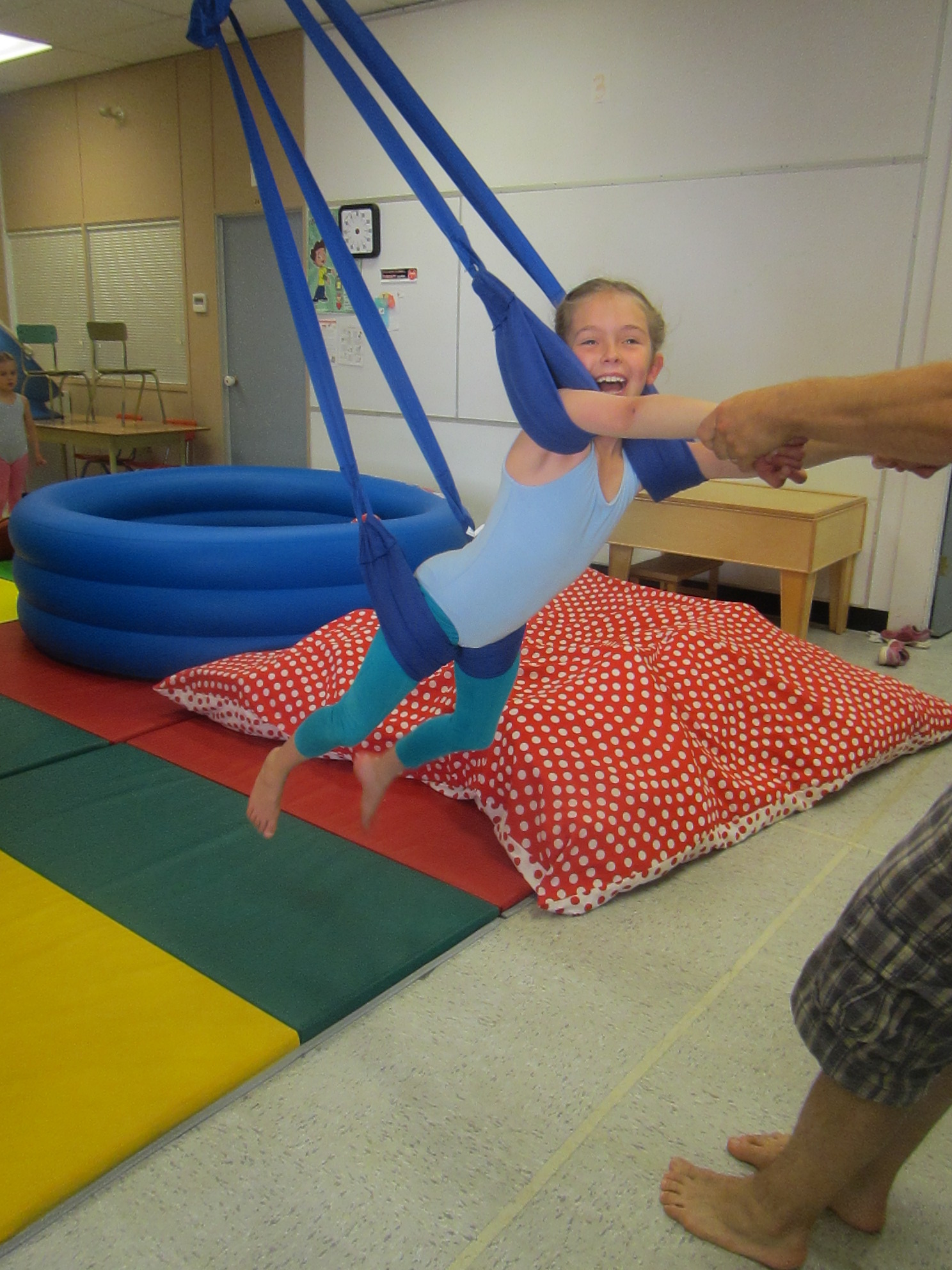
Posture, balance and coordination all develop as we move through space
Changes in head position activate the vestibular system via the inner ear canals

Adaptive Skills
Effective functional skill is easy when grasp patterns, coordination, and sensory responses are well integrated.
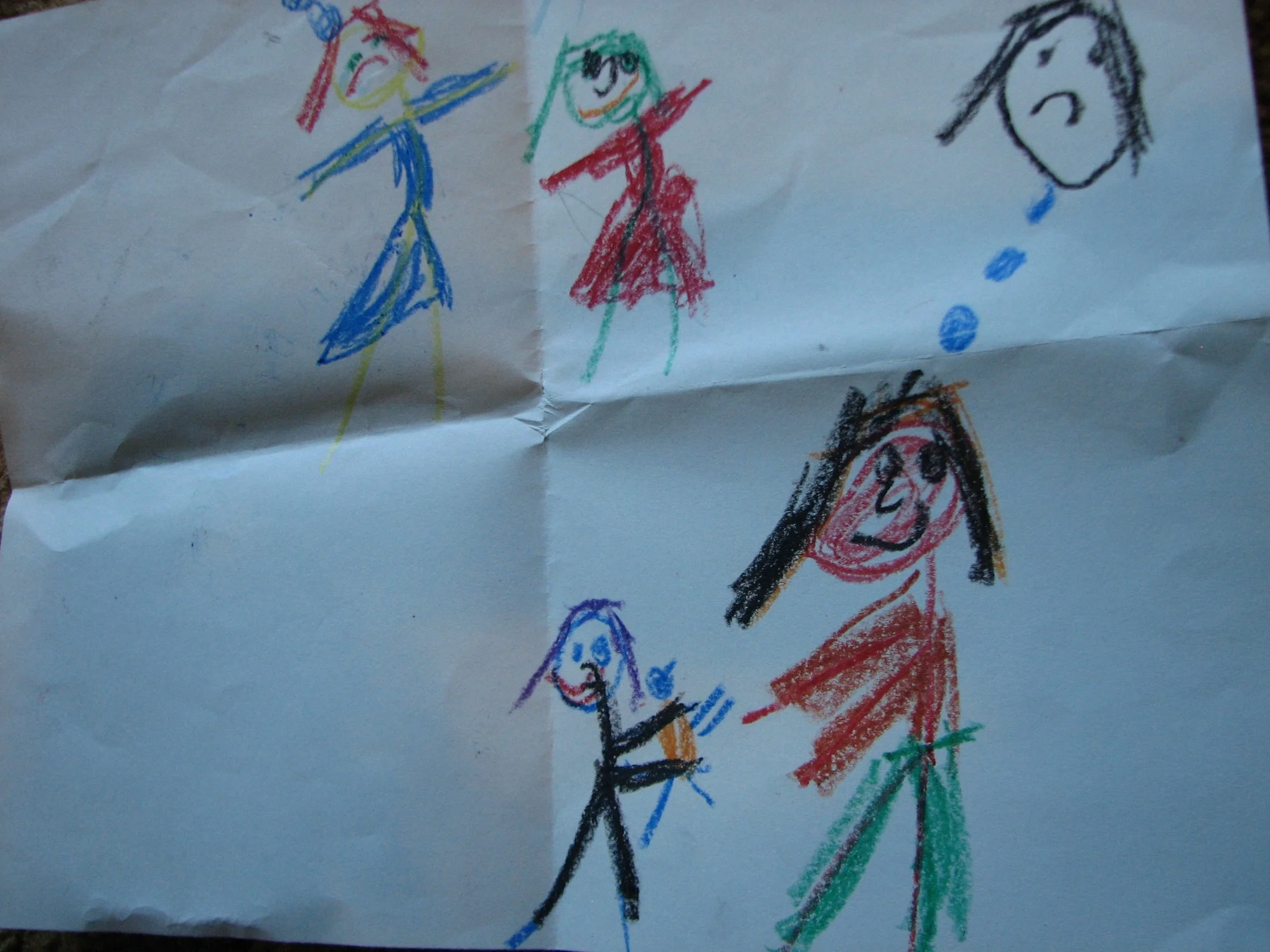
Emotions make us human and humane: healthy children are emotional!
They need to be able to move from mad to sad and have safe places to have their tears.

Bilateral coordination, the ability to use limbs in a coordinated way as for jumping jacks and skipping

Fine motor skills: grasp, hand strength, posture, how the trunk and whole arm supports precise finger movements
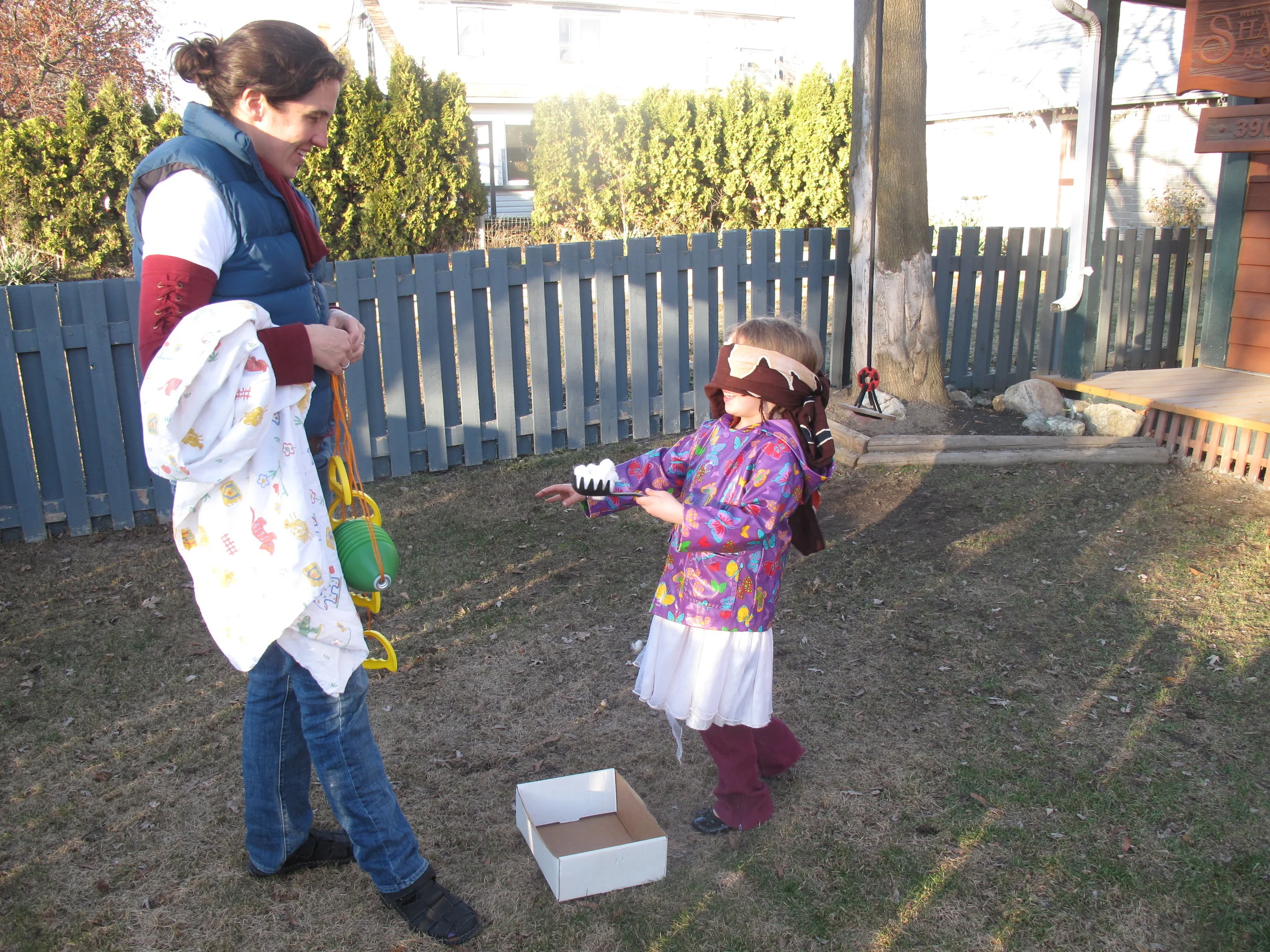
Visual perception: how we not only see, but how we make sense of what we see, and other senses (touch, hearing, sense of body position) that give us information

Play: using simple mediums to bring out creativity, imagination, and emergence of the child's own ideas
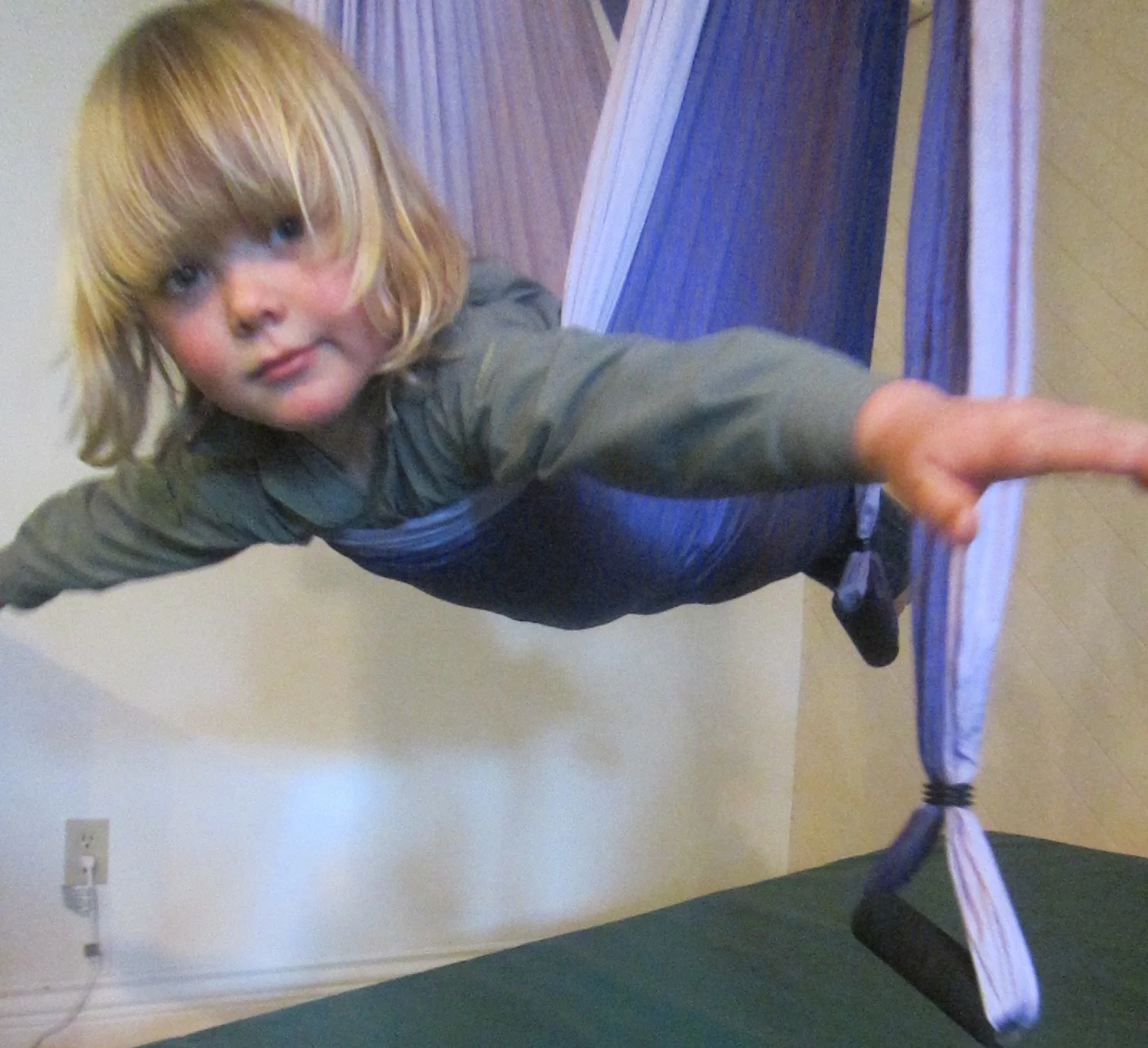
Head, Neck, and Eyes
Coordinating the eyes, neck, and head, while swinging is a foundation for many functional skills








